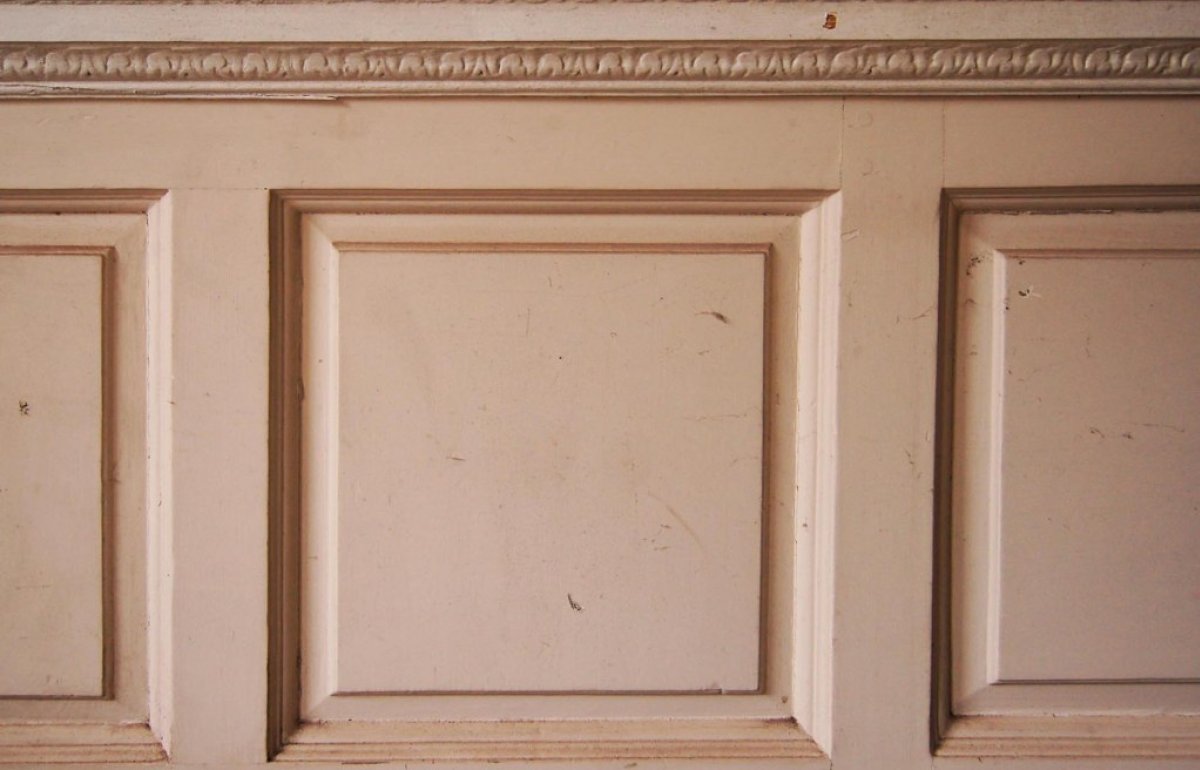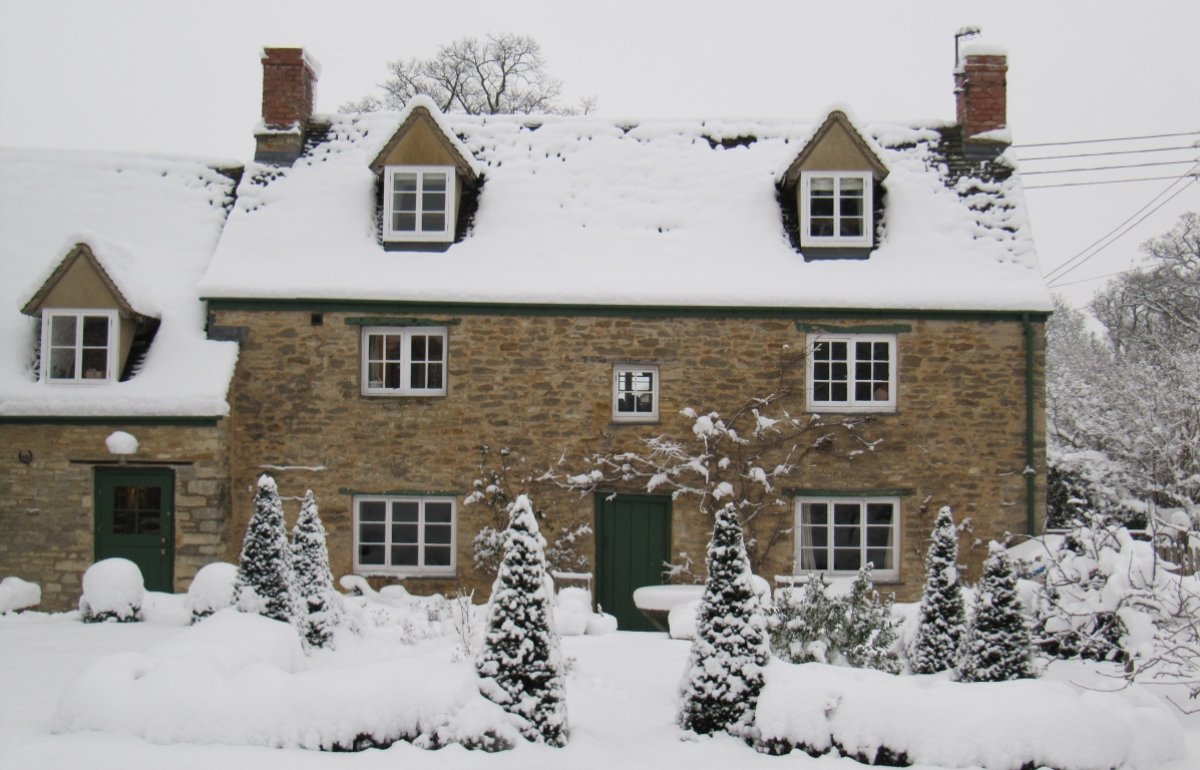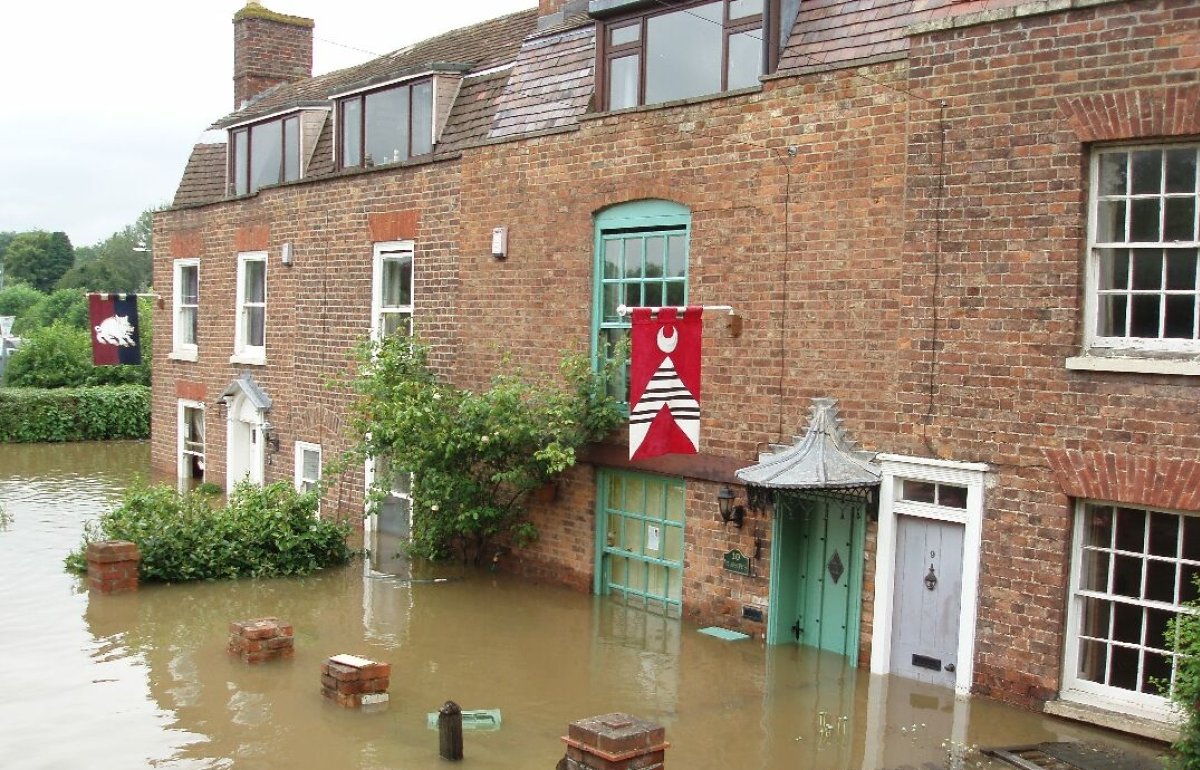Smoky chimneys
Guidance on the causes of, and remedies for, the emission of smoke and fumes from fireplaces into rooms.
What causes chimneys to smoke?
The opening is frequently too large for the flue when a fireplace smokes constantly but other reasons might be an incorrect terminal, oversized flue or badly formed throat. Constant or worsening smoking can signal an obstructed flue. If smokiness is only a problem when windows or doors are closed the cause is likely to be inadequate room ventilation, and where smoking occurs solely in certain wind directions, this indicates a poorly sited chimney terminal. Smoke issuing through a stack suggests cracking or defective joints.
How do I deal with a fireplace opening too large for the flue?
The openings of inglenooks and other fireplaces exceeding about 900 mm2 may be reduced by fitting a register plate in conjunction with a smoke canopy or freestanding closed stove. Raising the hearth can also compensate for an over-sized opening. Where a fireplace opening is under about 900 mm2, a small canopy or tempered glass plate could be installed.
Installing a smoke canopy may also cure smokiness due to a fireplace throat that is too large or badly shaped. Should a chimney pot or cowl be restricting the flue, refit or replace it.
How can room ventilation be improved?
Insufficient air for combustion can result not in only smokiness but the escape of dangerous carbon monoxide fumes into accommodation. If the ‘draw’ of the flue improves when a window is opened, provide a permanent method of increasing ventilation by fitting wall or floor grilles. Venting a wall grille through another space, such as a hallway, rather than directly to the outside, reduces draughts.
What can be done about a poorly sited chimney terminal?
A chimney may puff occasionally in certain wind directions because of downdraughts where under the lee of a tall building, tree or hill, or it can smoke continuously or puff intermittently due to low pressure when situated on the wind-ward side of a taller object.
A cowl or raised flagstone cap may minimise downdraughts, as can reducing the height of a tree. A pressure zone problem is harder to solve. Installing a tall chimney pot and/or heightening the stack might be the best solution. Otherwise, consider extra room ventilation on the side of the prevailing wind or even an electric chimney fan.
What if a flue is too large or tall?
Some fireplaces, particularly inglenooks, were built with excessively large flues, creating poor updraught. A remedy is to extend the neck of a canopy or flue pipe well above the register plate, or provide a liner correctly sized for the fire type.
With a very tall chimney, flue gases may cool too quickly when a fire is initially lit or later dies down. The solution is to maintain a hotter fire, use an appliance with doors or fit an insulated flue lining.
How might leakiness or siphonage be overcome?
Airtightness can be checked using smoke-generating pellets. Leaks occur through open mortar joints or where the mid-feathers (withes) separating two flues have collapsed, reducing the pull and causing eddies. This can be often be cured by repointing the defective joints or, where appropriate, rendering the stack. Lining is another option, although liners may also be responsible for leakage if badly installed.
Siphonage of smoke from one flue into another may happen where the terminals are close together. It is remedied by fitting a taller pot to the working flue or improving ventilation to the room where the fire is.
How do I deal with an obstructed flue?
Obstructions can arise due to birds’ nests, a dead bird, the deterioration of mortar linings (parging), collapse of mid-feathers or build up of soot and tar at awkward bends, long offsets running near to the horizontal or the bases of carelessly installed chimney pots or cowls. Sweeping or scraping may clear constrictions, although in extreme cases opening up of the chimney may be required. Tight-fitting soot doors can provide useful access points at vulnerable locations. Lining may be necessary.
Useful leaflets on chimney problems are available from the Solid Fuel Association.



